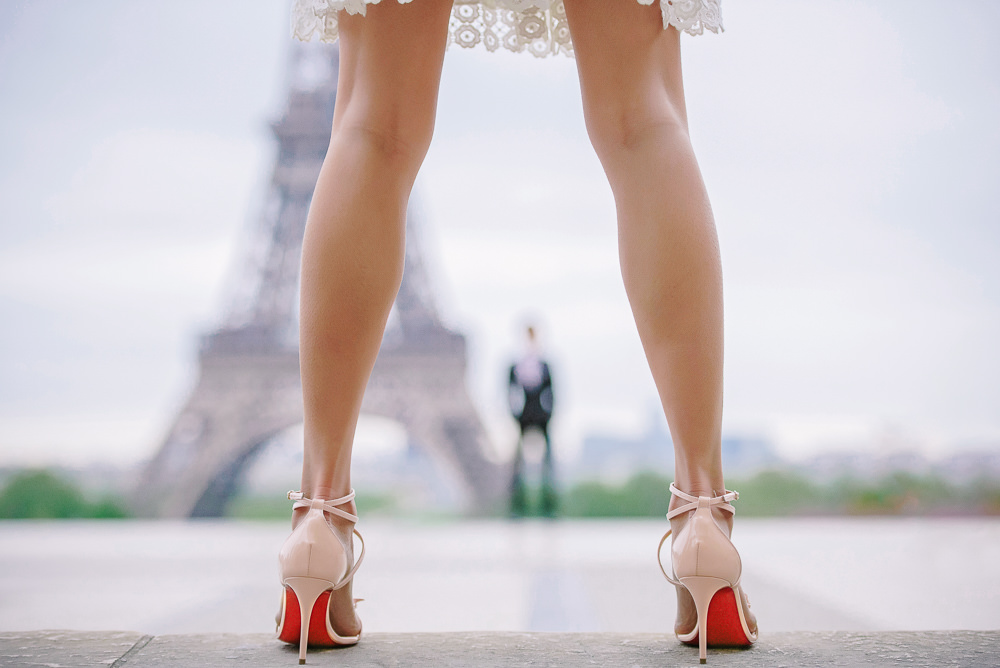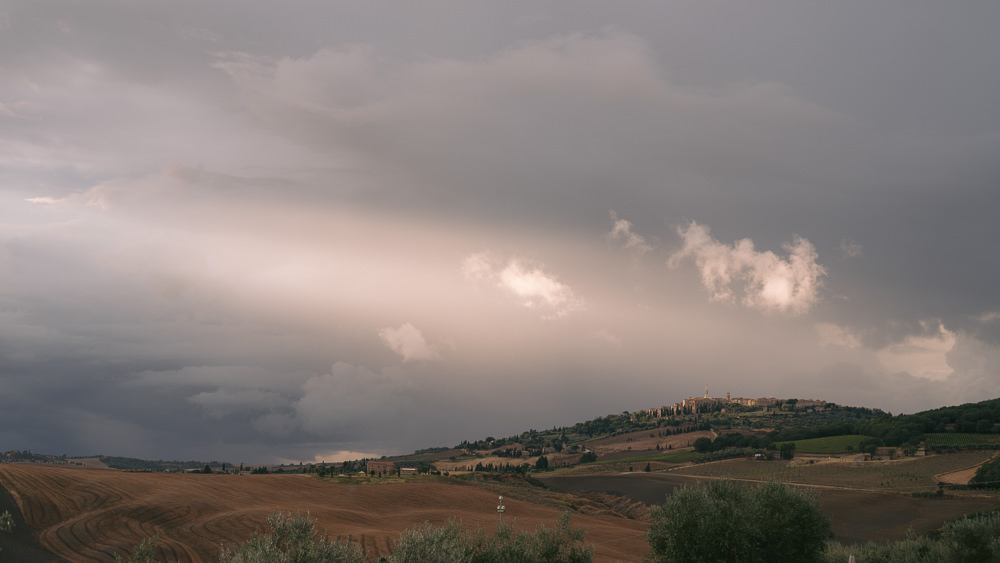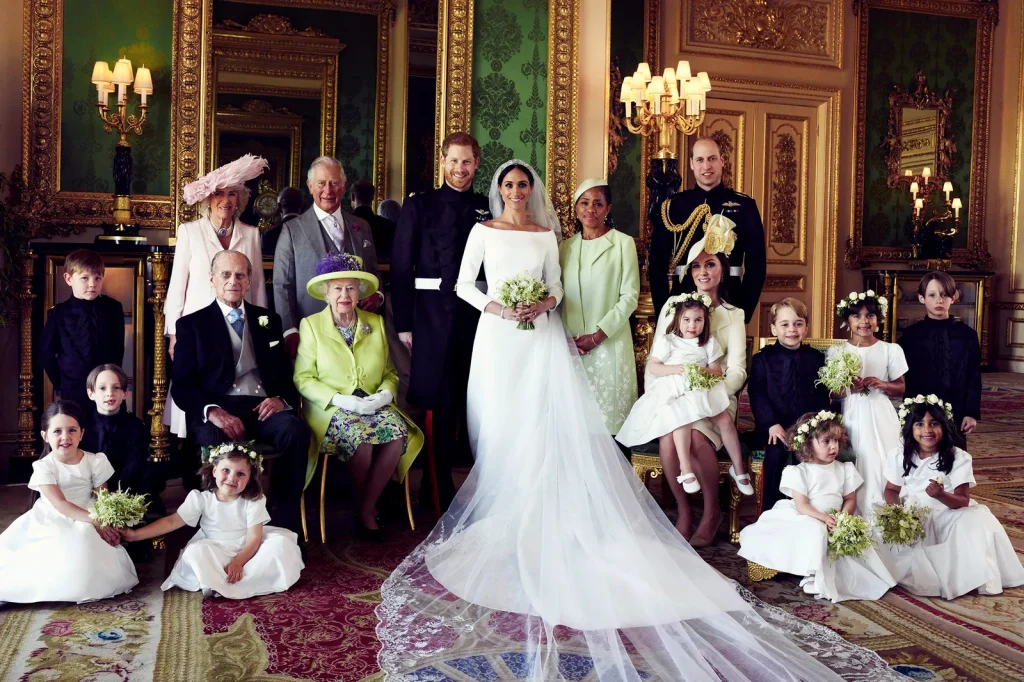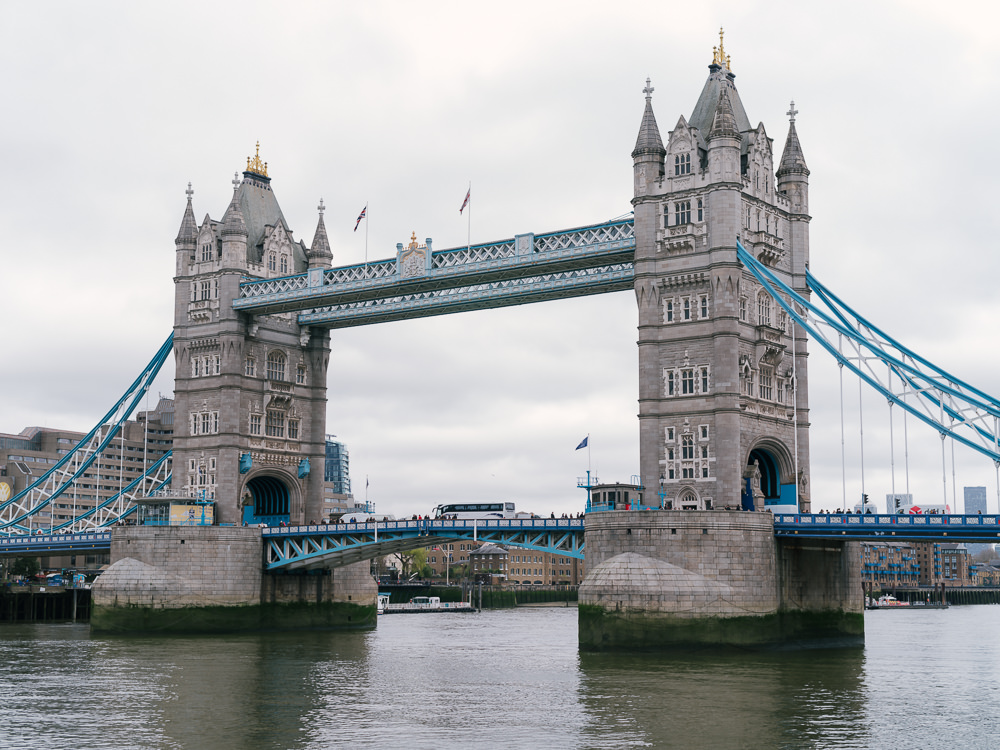Framing a picture horizontally is often more natural due to the way human vision works. Since our eyes are set horizontally across from each other, we have a wider field of view horizontally than vertically. This means that horizontal framing often better aligns with our natural field of view, making the image feel more comfortable and natural to look at.
What is Horizontal Framing in Photography?
Horizontal framing in photography refers to capturing images in a way that the width of the frame is greater than its height. This technique is often used to photograph landscapes, group portraits, and other wide scenes. It can create a sense of balance and stability, and can also be used to emphasize the feeling of space in an image.

What is Horizontal Photograph?
A horizontal photograph refers to an image that is wider than it is tall. It aligns with our natural field of view as our eyes are set across from each other horizontally. This type of framing is often used to capture landscapes, group portraits, and other wide scenes, creating a sense of balance and stability, and emphasizing the feeling of space in an image.
Horizontal Framing vs Vertical Framing in Photography
Horizontal framing is best used when the subject of your photograph is wider than it is tall, or when you want to emphasize the width of the scene. This is why it’s often used for landscapes, group portraits, and other wide scenes. On the other hand, vertical framing, also known as portrait mode, is best used when the subject of your photograph is taller than it is wide, or when you want to emphasize the height of the scene. This is often used for individual portraits, tall structures like buildings or trees, or any scene where height is a significant element.
Horizontal Framing in Various Fields of Photography
Horizontal framing is commonly used in various types of photography such as:
1. Landscape Photography
The wide-angle view of horizontal framing can capture expansive landscapes, emphasizing the breadth of the scene.

2. Group Portraits
When photographing a group of people, horizontal framing allows for everyone to be included without feeling cramped.

3. Architectural and Cityscape Photography
Horizontal framing can effectively capture wide buildings or cityscapes, showcasing the breadth and scale of the structures.

4. Wildlife Photography
For capturing groups of animals or wide-angle shots of their habitat.

5. Sports and Action Photography
Horizontal framing can be beneficial to capture the wide range of motion in sports or action shots.

6. Panoramic Photography
This style often uses horizontal framing to capture a wide view of a scene, creating a sense of vastness.

Obviously, framing a picture horizontally depends on the moment and what we as photographers try to conver, or communicate in our images. While portraits are traditionally vertical, there are exceptions to this rule and horizontal framing can work very well even for portraits. Like below.

Hope that you’ve learned something about horizontal framing photography. Let me know in the comments below if you like this type of framing or not.
Read also: How to become a successful photographer

Leave a Reply